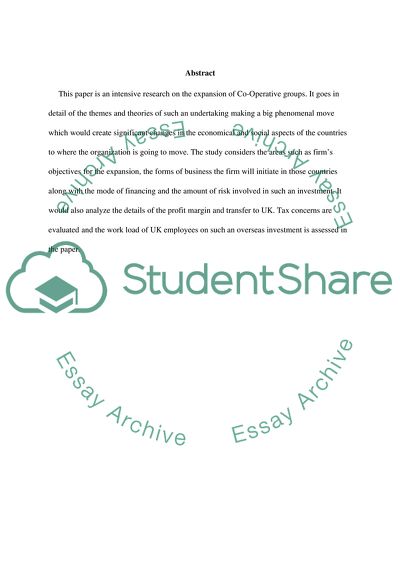Cite this document
(Franchising Co-Op in the EU, Middle East and South Asia Research Paper, n.d.)
Franchising Co-Op in the EU, Middle East and South Asia Research Paper. Retrieved from https://studentshare.org/finance-accounting/1733702-international-finance
Franchising Co-Op in the EU, Middle East and South Asia Research Paper. Retrieved from https://studentshare.org/finance-accounting/1733702-international-finance
(Franchising Co-Op in the EU, Middle East and South Asia Research Paper)
Franchising Co-Op in the EU, Middle East and South Asia Research Paper. https://studentshare.org/finance-accounting/1733702-international-finance.
Franchising Co-Op in the EU, Middle East and South Asia Research Paper. https://studentshare.org/finance-accounting/1733702-international-finance.
“Franchising Co-Op in the EU, Middle East and South Asia Research Paper”, n.d. https://studentshare.org/finance-accounting/1733702-international-finance.


